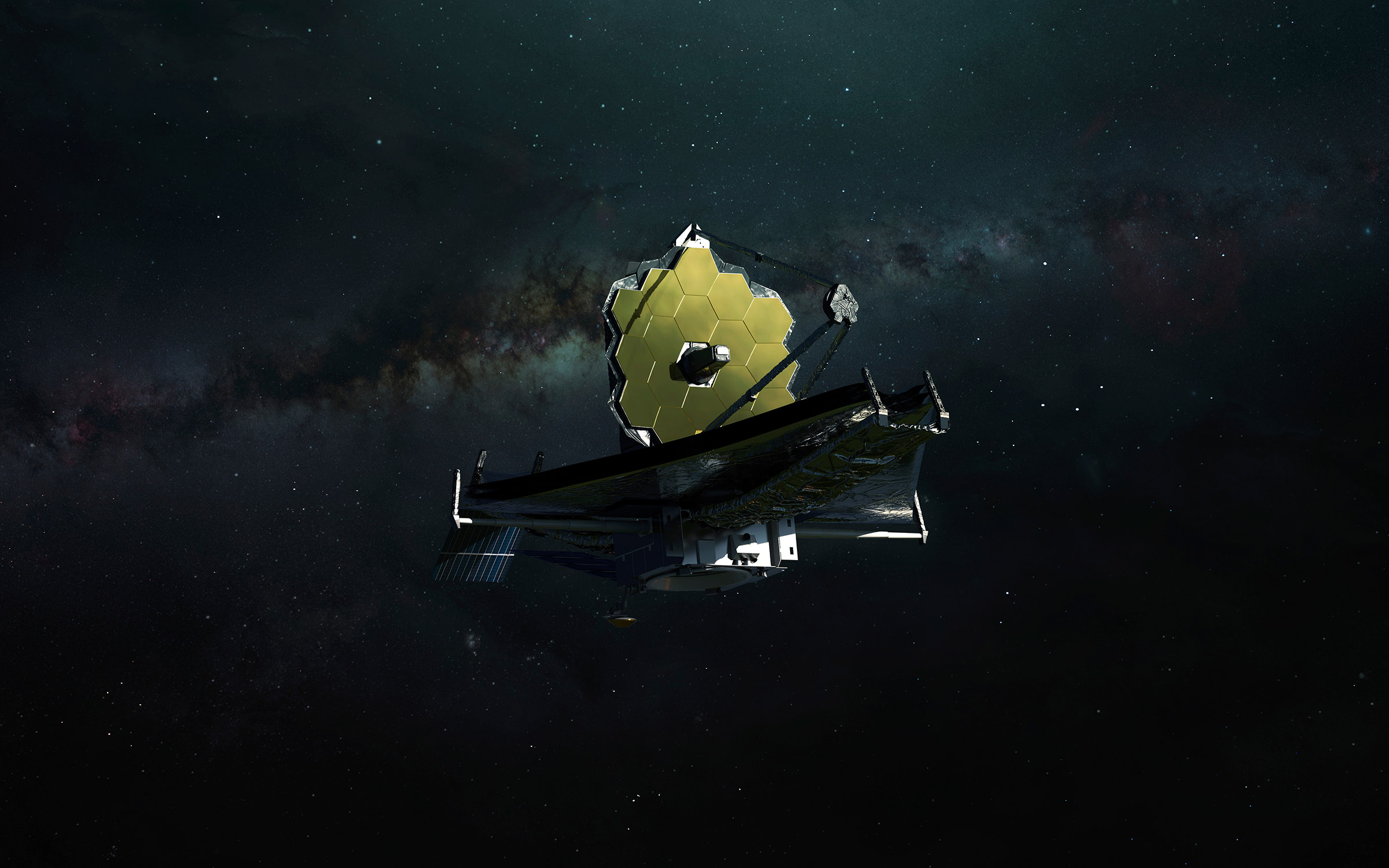
Lisa Kaltenegger, the director of the Carl Sagan Institute at Cornell University, recently discussed the imminent discovery of alien life and the role the James Webb Space Telescope will play in this groundbreaking revelation. Despite decades of searching for extraterrestrial life, no concrete evidence has been found thus far. However, Kaltenegger believes that this may change in the near future.
The James Webb Space Telescope is a powerful observatory that has already expanded our understanding of the universe. With its advanced technology, Kaltenegger speculates that it may be the instrument that finally uncovers signs of life beyond Earth. Specifically, the telescope is designed to detect biosignatures, such as methane produced by organisms, which could indicate the presence of alien life in other solar systems.
Kaltenegger points to the planets orbiting the red dwarf star Trappist-1 as promising candidates for the discovery of biosignatures. She suggests that within the next five to 10 years, we may have the ability to identify these signs of life on distant worlds. This timeline, while not immediate, is relatively short in the realm of scientific research.
If Kaltenegger’s predictions come to fruition, it would be a significant achievement for organizations like SETI (Search for Extraterrestrial Intelligence) that have long been searching for evidence of alien life. The potential confirmation of life beyond Earth could reshape our understanding of the cosmos and provide answers to long-standing questions about our place in the universe.

